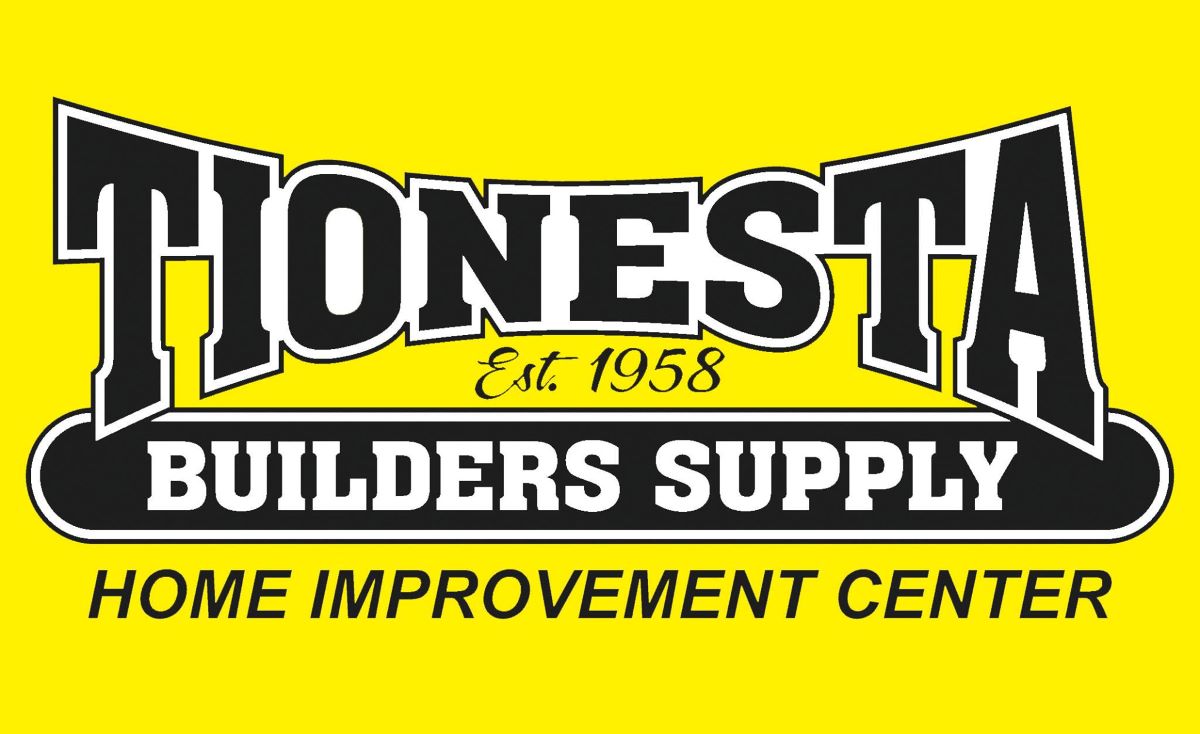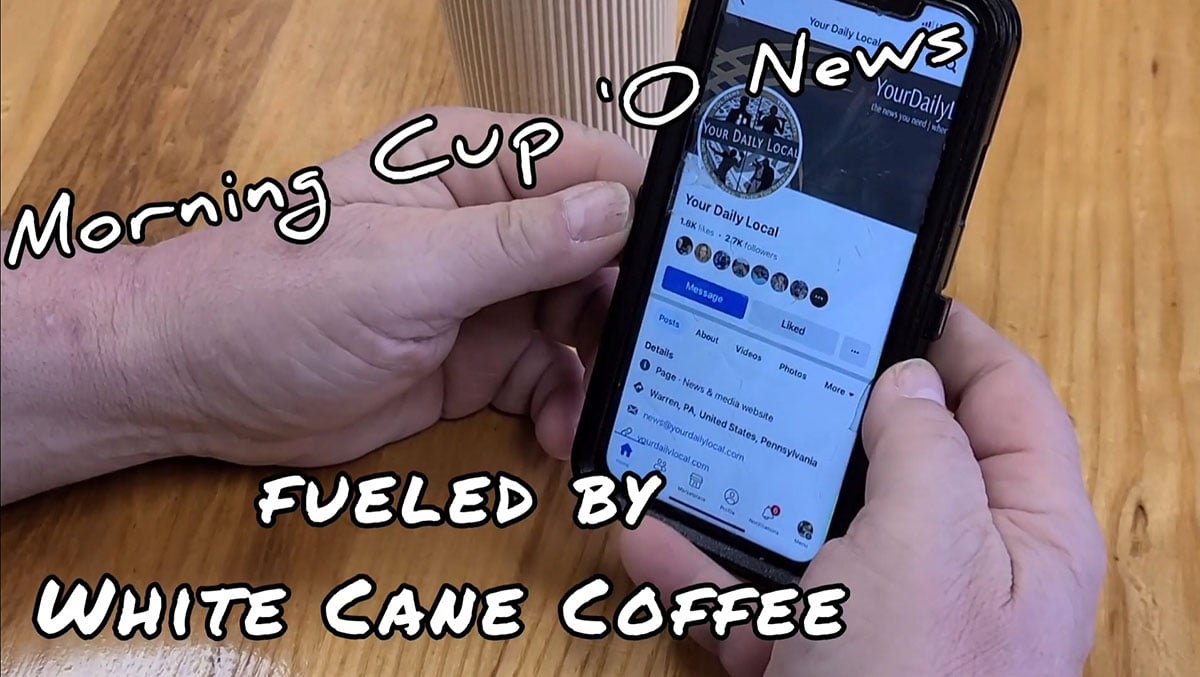Did you know we have a pothole park in Pennsylvania? Just some miles north of Scranton is the Archbald Pothole State Park. The Archbald pothole is 38 feet deep and elliptical in shape.
The volume of about 18,600 cubic feet and can hold 140,000 gallons of water. Not on my bucket list. Thank goodness it is not on any road I drive.
It is that time of year again here in Pennsylvania. Pothole season. Depending on where you read the statistic, Pennsylvania is either the fifth or sixth worst state in the country for potholes. Of course, they are here year-round, but winter is the worst.
What causes potholes? The vicious freeze-thaw cycle. Freeze. Spots buckle. Thaw and they collapse into the void underneath that buckle. Our roads are often like a war zone. I live on a private lane. I have come to realize that lane means unpaved. For the most part, I can’t really complain because of where I’m situated on the lane. However, the road and the lane I must travel to get to ‘my’ lane can be a navigational nightmare swerving side to side to keep tires on the best parts of the lane. It is a dance.
It is 2023. A person could be forgiven for thinking that, given all of the wonders we have in the world, surely someone could come up with a better way to make roads. If you note the picture above, comparing a centuries-old road built by the Romans to a six-year-old road built by PennDot, you might find yourself wondering if someone did indeed invent a better way. You would have a point.
Consider some of the ancient Roman buildings still standing. There is “the world’s largest unreinforced concrete dome in the Pantheon” built in 128 CE. There are still functioning aqueducts supplying Rome with water. Large parts of Hadrians Wall survive. What did they know that PennDot does not?
I was reading an article in January about recent discoveries by experts at MIT and Harvard regarding the ‘secret ingredient’ that helped make Roman concrete so durable. Self-repairing. The ingredient is quicklime. I’m not going to go into a lot of detail on how this works. The article is literally a 2-minute read and worth every minute. The essence of it is, though, that quicklime in the mix made Roman concrete self-repairing.
I spent some time researching quicklime and came away confused as it is often said to be the same as lime. I did finally find a reference that says:
The research team found the ancient Romans made their concrete with quicklime, which is lime in its pure state, rather than the more typical slaked lime, and that this gave it “self-healing” properties.
Sounds like it would work better than oil and chips, asphalt, tar, or concrete as we have been doing it for as long as I can remember. Actually, the only thing I can remember about the ways I’ve seen things done is that they don’t work. Or don’t work very long. I have never found the roads in the forest to be anywhere near as bad as the roads in the cities where I used to live. I’ve always attributed this to the salt and de-icing chemicals. These are not used here, as far as I know. I have had 2 driveways poured in my life. In both cases, the contractors strongly discouraged the use of salt and I’ve tried to follow that advice. There is apparently some negative effect to it. The forest lanes and back roads are another matter, though not in the scope of this article. The roads most of us drive are paved. Concrete lasts longer than asphalt, from what I’ve seen. Both deteriorate, and far more quickly than roads created during the Roman empire. I know I’m ready to try something different.
I’m not willing to do research on comparative costs between the current and Roman methods. Someone should. They may be doing so already. How much does it cost to repair potholes every few winters? How much does it cost travelers to repair cars one or more times every winter? Consider tires, alignment, suspension components, accidents, insurance, etc. The cost is enormous. Years ago, there was a sign on an auto parts store counter that I pilfered for my own use when I have to make significant purchases:
“Buy quality the first time. Only cry once”
I avoid junk anything. There is a price for junk that will be paid sooner or later and it is never worth the bit you save. For years, researchers knew of differences in Roman concrete but did not understand the effect it had. You can’t fault governments for doing what they understood was best at the time. Now, however, it appears that there is a better way. “Infrastructure” has been a buzzword for a number of political cycles. Roads are a big part of infrastructure. Perhaps time and ideal opportunity are coming together.
I am not a scientist, but it seems to me that ‘lime in its pure state’ would cost less than ‘slaked (combined with water to produce calcium hydroxide) lime’. Could it be that the cost of implementing this ‘secret sauce’ would be negligible? Particularly if it brought us, FINALLY, a lasting solution to a perennial problem. I read an article from 2017 that said we don’t know the actual Roman recipe. I don’t know if that has been discovered in the intervening six years. If COVID has taught us anything, mustering a global body of thinkers around an important project can achieve marvels.
In the meantime, there are some helpful suggestions on navigating potholes and minimizing negative consequences:
- Don’t tailgate
- Beware puddles
- If you can’t avoid a pothole, sudden braking may lead to more harm
- Slow down – Tight grip on the steering wheel
- Properly inflated tires
- Suspension in good condition





























